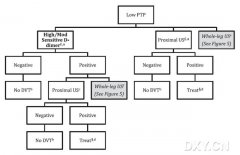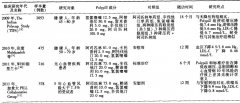读医学网
2011年美国急诊科游离氯胺酮镇静临床实践指南
发布时间:2014-05-19 10:34 类别:神经系统疾病 标签:clinical practice guideline turn 来源:丁香园
The dissociative agent ketamine has been the single most popular agent to facilitate painful emergency department (ED) procedures in children for nearly 2 decades. Current ketamine protocols, including indications, contraindications, and dosing, are frequently based on a widely cited 2004 clinical practice guideline, which in turn was an update of a 1990 protocol.4 This latter article was cited in 1999 as an “example of compliance” by The Joint Commission. The 2004 guideline, however, is now substantially out of date and in need of revision because subsequent ketamine investigations have questioned, disproved, or refined several of its assertions and recommendations. During this same period, there has also been sufficient ED research in adults to support expansion of ketamine use beyond children. In addition, animal research describing neurotoxicity with ketamine raises important new questions that must be considered and further investigated in humans.
To describe the best available evidence and perspectives about optimal dissociative sedation practice, we reviewed the newer ketamine literature and updated the 2004 clinical practice guideline.




